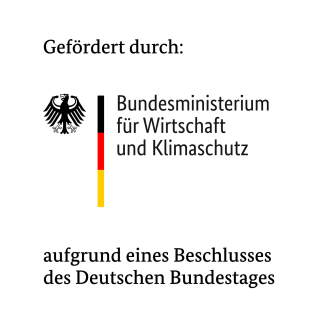The planning of wastewater treatment plants is a complex, multi-stage process: dimensioning of the process, civil engineering planning and planning of the hydraulics of the wastewater treatment plant (combination of gravity flow and pipe hydraulics) and planning of the mechanical engineering, electrical engineering and automation. With the planned project, the still missing aspect of hydraulic planning is to be integrated into SIMBA. The modules of the planned model library are to consider in particular open channel hydraulic models typical for wastewater treatment plants, such as screens, grit chambers, weirs (direct flow/side flow, trapezoidal, etc.), channels, longitudinal basins and flumes (profiles: rectangular, trapezoidal, etc.), flow losses through windows and culverts. In addition to flow in open channels, wastewater in wastewater treatment plants is also transported through pipe networks. Pipeline hydraulics will be integrated using the EPAnet computational kernel. The most important elements of pipe systems will be implemented as modules in SIMBA. These include nodes, pipes, pumps, and valves. First, the description of continuous pressure losses due to friction will be considered in a simplified form depending on pipe diameter, length and flow rate.
Project leader
Dr. Jens Alex
Thematic Field
Project Duration
Projektstart:
January 2021
Projektende:
December 2022
Project Funding
BMWK

Förderkennzeichen:
49MF200034




